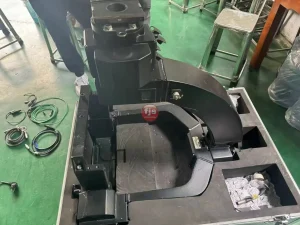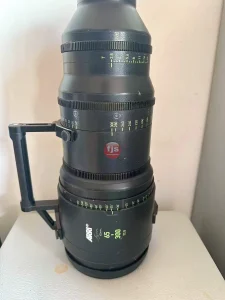Introduction:
Prime lenses are a popular choice among photographers, but have you ever wondered why they are called “prime” lenses? In this article, we will delve into the origins of the term and explore the advantages of using prime lenses over zoom lenses. By the end, you’ll have a clear understanding of why prime lenses are considered a valuable tool in photography.
I. What is a Prime Lens?
- A prime lens is a fixed focal length lens that does not have the ability to zoom in or out.
- Prime lenses come in various focal lengths, such as 35mm, 50mm, or 85mm.
- Unlike zoom lenses, prime lenses have a fixed perspective and cannot change the magnification of the subject.
II. Why are Prime Lenses Called “Prime”?
- The term “prime” in photography originated from the Latin word “primus,” meaning first.
- Prime lenses were one of the first types of lenses used in photography.
- They were considered the primary lenses because they provided the standard focal lengths needed for various types of photography.
III. Advantages of Prime Lenses:
- Superior Image Quality:
- Prime lenses typically offer sharper images compared to zoom lenses.
- Since they have a fixed focal length, prime lenses can be optimized for a specific focal length, resulting in better image quality.
- Larger Aperture:
- Prime lenses are known for their wider maximum aperture, allowing more light to enter the lens.
- A larger aperture enables better low-light performance and creates a shallow depth of field, ideal for portraits and artistic shots.
- Compact and Lightweight:
- Prime lenses are generally smaller and lighter than zoom lenses.
- Their compact size makes them easier to carry around and less cumbersome during photoshoots.
- Faster Autofocus:
- Prime lenses often have faster and more accurate autofocus capabilities compared to zoom lenses.
- With fewer moving parts, prime lenses can quickly lock onto the subject, making them ideal for capturing fast-paced action.
IV. Prime Lenses vs. Zoom Lenses:
- Versatility:
- Zoom lenses offer a range of focal lengths in a single lens, providing versatility in capturing different types of shots.
- Prime lenses, on the other hand, require photographers to physically move to adjust the composition or switch lenses for different focal lengths.
- Creativity:
- Prime lenses encourage photographers to be more creative with composition and framing.
- With a fixed focal length, photographers must rely on their positioning and composition skills to capture the desired shot.
- Price:
- Prime lenses are often more affordable than high-quality zoom lenses.
- Due to their simpler construction and fewer moving parts, prime lenses can offer excellent image quality at a lower price point.
Conclusion:
In conclusion, prime lenses are called “prime” because they were among the first lenses used in photography and provided the standard focal lengths needed. These lenses offer superior image quality, larger apertures, compactness, and faster autofocus. While they lack the versatility of zoom lenses, prime lenses encourage creativity and are often more budget-friendly. Whether you’re a professional photographer or an enthusiast, prime lenses are an essential tool to consider for capturing stunning images.







